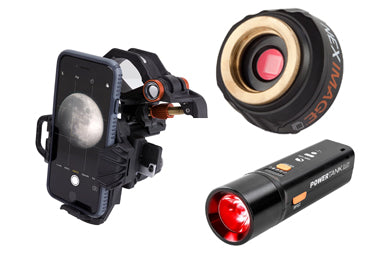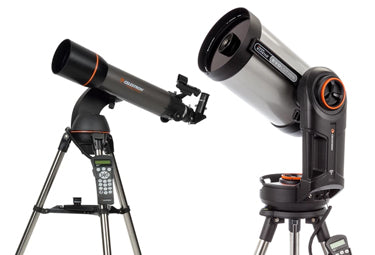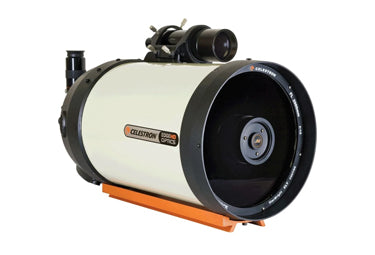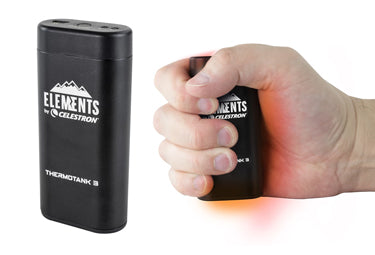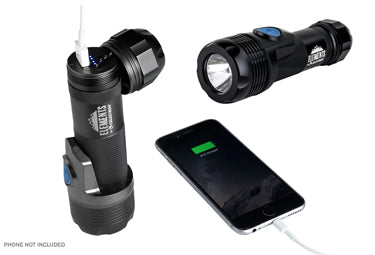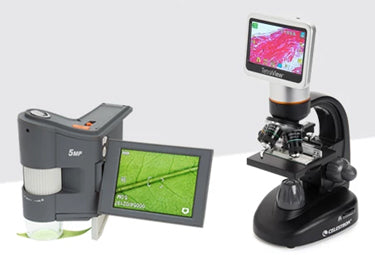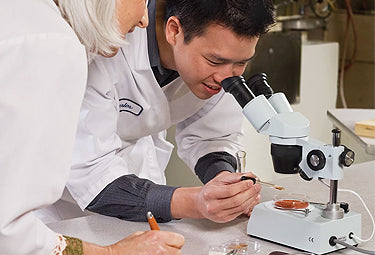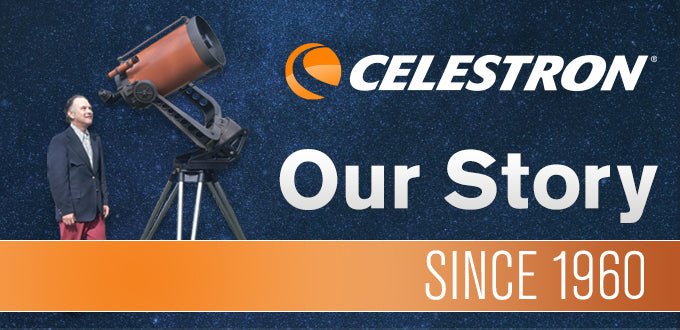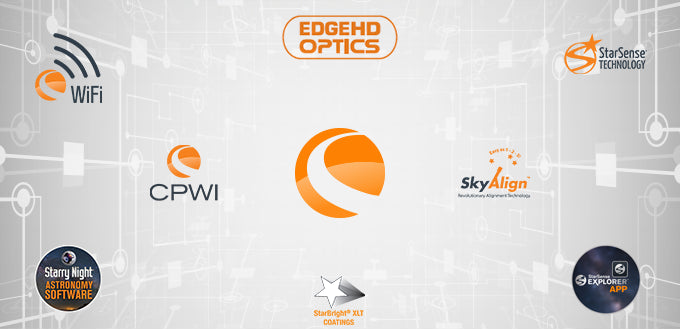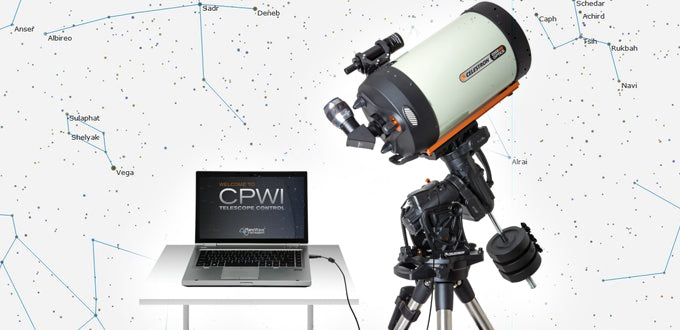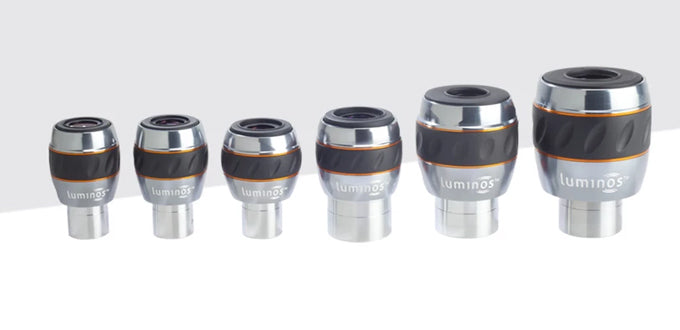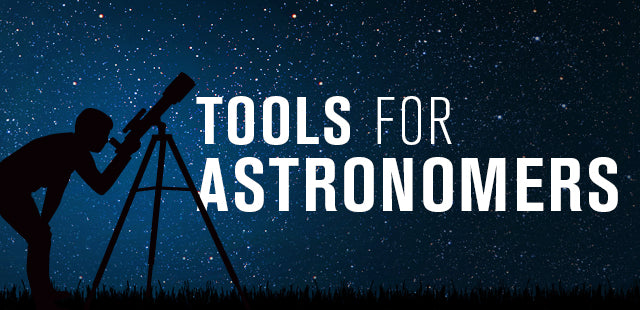Do I need to know the focal length of my Barlow lens?
June 25, 2009
You don't need the focal length of a Barlow lens for visual purposes.
Barlow lenses are concave or negative lenses that amplify or magnify the image produced by your telescope. They work by lengthening the converging cone of light from the scope, effectively increasing its focal length. Barlows allow you to use your lower power eyepieces with their greater eye relief at higher magnifications. They are also useful for getting larger image sizes for astrophotography.
The degree of magnification is known as the magnification factor. For Barlows it’s usually in the range from 1.5 to 3 and the most common value is 2. Such a lens is described as a 2x Barlow. The actual magnification of a given Barlow depends on the distance between it and your eyepiece’s focal plane. In use, this distance is practically constant when switching eyepieces for three reasons. First, most modern eyepiece designs have the focal plane just in front of the field lens (the lens farthest from the eye in the eyepiece). Second, many eyepiece barrels are about the same length to the shoulder (around 1” length for standard 1.25” diameter eyepieces). Finally, almost all Barlows are designed with a fixed barrel length and have the lens at the base of the barrel. All of these facts together mean that with most eyepieces, the magnification factor is set by the Barlow’s designed tube length. So a 2x Barlow will double the power of your eyepieces.
The focal lengths of different Barlow lenses vary widely even for the same magnification factor. Unlike eyepieces, the specific focal length of the Barlow lens isn’t usually important. Many 2x Barlows that are two-element designs have focal lengths around 75mm.
2x ED Barlows can be more compact because the extra-low dispersion (ED) glass they are made from allows the more highly-curved lenses of shorter focal lengths (around 30mm) without adding any chromatic aberration. For astroimaging purposes, the exact focal length can be determined by measuring an image of a planet of known angular size taken with the Barlow.
Note: If you are using a Barlow lens with a Newtonian reflector or other design with short back focus, choose a Barlow that has the lens at the end of the tube. This puts the lens deep in the scope’s eyepiece drawtube. Otherwise, you might not be able to achieve focus.
Updated 12/27/13

